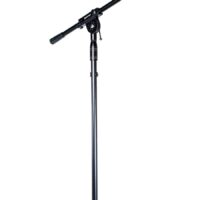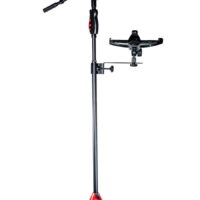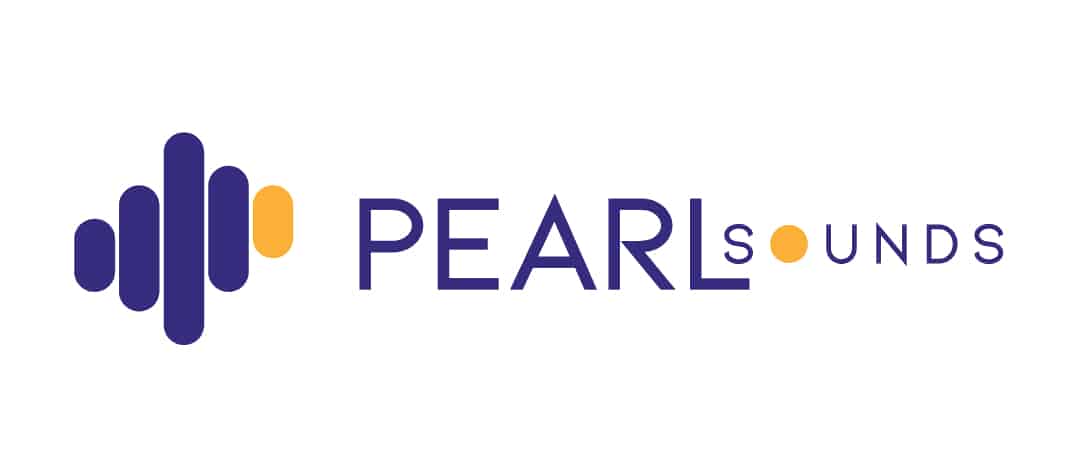A stand is a device that supports an object. In the context of music, stands are used to support a variety of instruments and equipment, such as cymbals, hi-hats, and microphones. Stands come in a variety of shapes and sizes, and are designed for specific purposes.
Types of Stands
There are many different types of stands available, each with its own unique features and benefits. Some of the most common types of stands include:
- Cymbal stands: Cymbal stands are used to support cymbals. They typically have a round base and a vertical post, with a clamp or clip at the top to hold the cymbal in place.
- Hi-hat stands: Hi-hat stands are used to support hi-hats. They typically have a round base, a vertical post, and a pedal that opens and closes the hi-hat.
- Microphone stands: Microphone stands are used to support microphones. They typically have a round base, a vertical post, and a clip or shock mount at the top to hold the microphone in place.
Choosing a Stand
When choosing a stand, it is important to consider the following factors:
- The type of instrument or equipment you need to support: Make sure the stand is designed for the specific instrument or equipment you need to support.
- The size and weight of the instrument or equipment: Make sure the stand is sturdy enough to support the weight of the instrument or equipment.
- The height of the stand: Make sure the stand is the right height for you to comfortably play or use the instrument or equipment.
- The features of the stand: Some stands have additional features, such as adjustable height, swivel base, or built-in damping. Consider which features are important to you.
- The budget: Stands can range in price from a few dollars to several hundred dollars. Set a budget before you start shopping so that you don’t overspend.
Setting Up a Stand
Once you have chosen a stand, you need to set it up. The following steps will help you to set up your stand:
- Assemble the stand according to the instructions.
- Place the stand on a level surface.
- Adjust the height of the stand to the desired height.
- Secure the instrument or equipment to the stand using the clip or shock mount.
Using a Stand
Once your stand is set up, you can start using it to support your instrument or equipment. Here are some tips for using a stand:
- Make sure the stand is secure before you start playing or using the instrument or equipment.
- Be careful not to overload the stand.
- If you are using a stand with a swivel base, make sure the base is locked in place before you start playing or using the instrument or equipment.
- If you are using a stand with a built-in damper, use the damper to reduce vibration.
Conclusion
Stands are an essential part of any musician’s toolkit. They provide a safe and secure way to support instruments and equipment, and can help to improve your playing or use of the instrument or equipment. With so many different types of stands available, you can choose the one that best suits your needs.
Here are some additional tips for using stands:
- When using a cymbal stand, make sure the cymbal is not touching the ground. This can cause the cymbal to vibrate and produce unwanted noise.
- When using a hi-hat stand, make sure the hi-hat is not too close to the ground. This can make it difficult to open and close the hi-hat.
- When using a microphone stand, make sure the microphone is not too close to the sound source. This can cause feedback.
- Be careful not to bump into stands while you are playing. This can cause the instrument or equipment to fall over.




